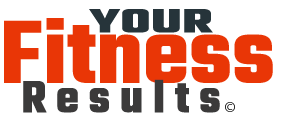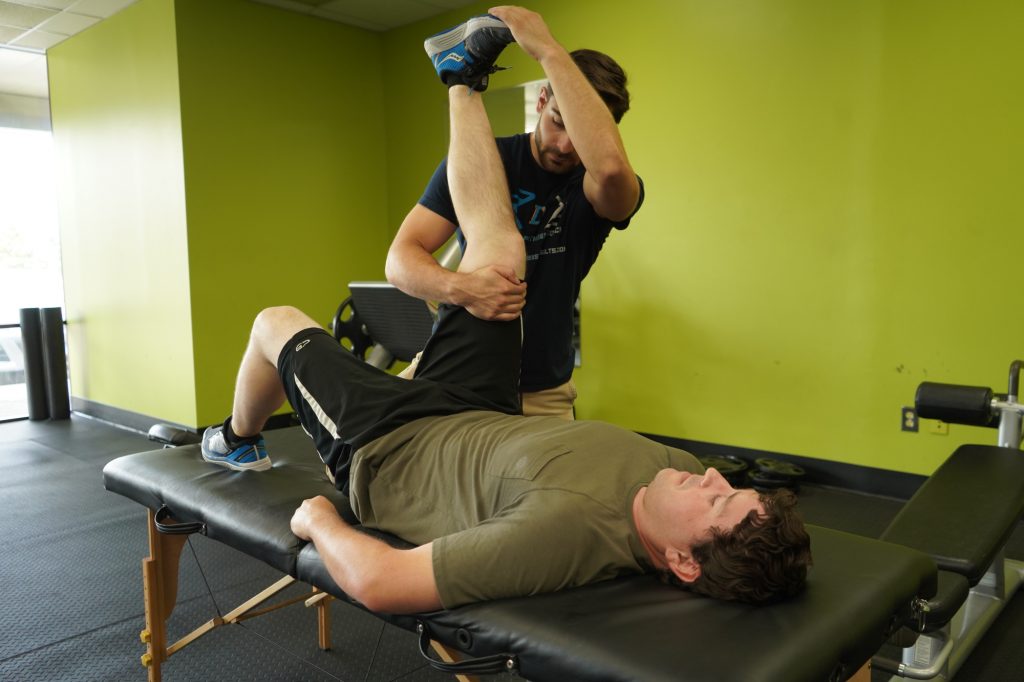

Anatomy of the Hamstrings: A Quick Breakdown
Time to learn 😀
Once a week I like to showcase a part of the body and explain why it is important. This week I wanted to showcase the anatomy of the hamstrings, and why they are important.
Your hamstrings occupy the posterior compartment of the thigh, and consist of three muscles which are:
-Bicep Femoris (long head)- Located in the most outer part of the posterior thigh. At the hip, the long head rotates the thigh outwardly and extends it backward. At the knee, they flex and laterally rotate the joint.
-Semitendinosus- Located at the end medial part of the posterior thigh. At the hip, the semitendinosus extends the thigh back and also helps or assists with medial rotation of the thigh. At the knee, this muscle bends and medially rotates the joint.
– Semimembranosus- Located in the most inner part the posterior thigh. At the hip, the semimembranosus extends the joint and helps with medial rotation turning the lower extremity inward. It also flexes, and medially rotates the knee.
Why is the anatomy of the hamstrings important, and why should you work them?
Your hamstrings are among the muscles responsible for not just running, but running fast. They’re involved in both knee flexion and hip extension; two important actions in the running motion. In other words, the stronger your hamstrings are, the faster you can stop and start, change direction, and accelerate to top speed.
Your hamstrings are also considered the bicep of the legs, in the sense that they are the muscles that curl your legs to your body. Your hamstrings also, aid with simple everyday movements like squatting or bending down and coming back up.
Every part of the body is important and it’s important to use our muscles in more than one type of way. So, whether its running, squatting down, posterior extension, or posterior curling, don’t forget to work those hamstrings!!!



